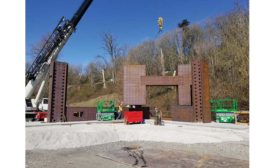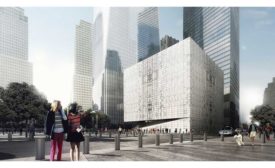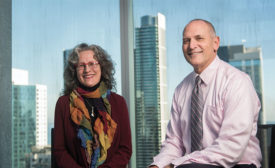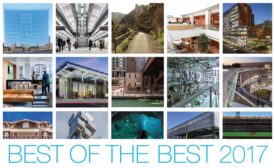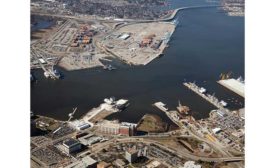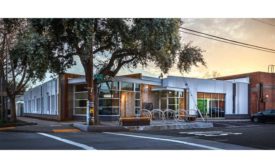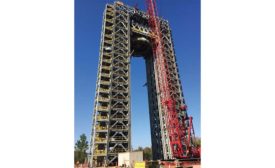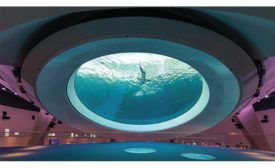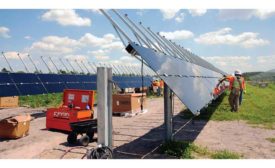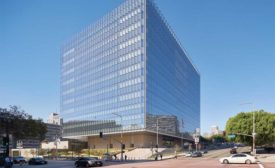Awards
Best of the Best Projects 2017
Best Specialty Construction: Structural Test Stands at Marshall Space Flight Center
Read MoreBest of the Best Projects 2017
Best Cultural/Worship: Phillip and Patricia Frost Museum of Science
Read MoreBest of the Best Projects 2017
Best Government/Public Building: U.S. Courthouse - Los Angeles
March 1, 2018
The latest news and information
#1 Source for Construction News, Data, Rankings, Analysis, and Commentary
JOIN ENR UNLIMITEDCopyright ©2024. All Rights Reserved BNP Media.
Design, CMS, Hosting & Web Development :: ePublishing
